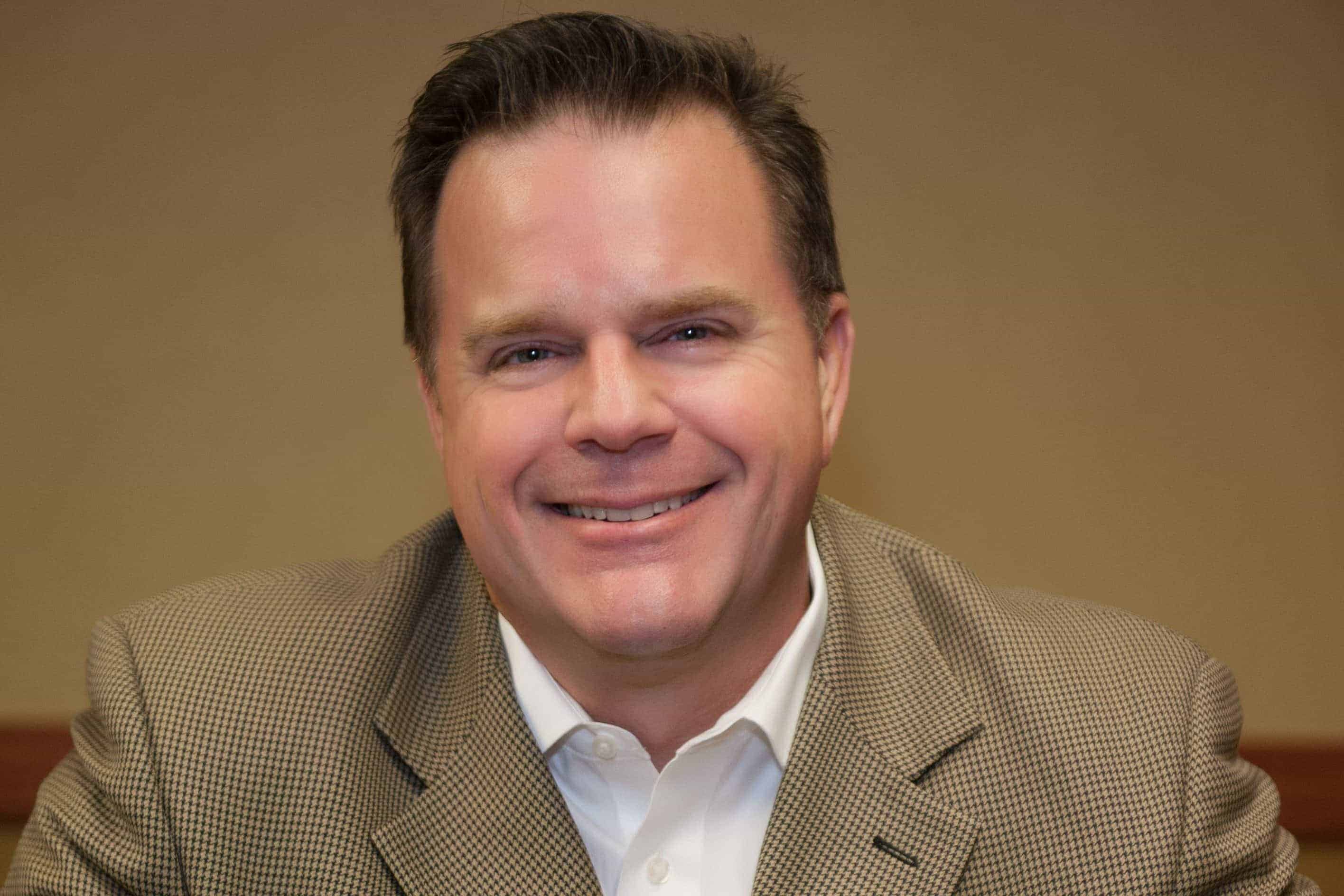Have you noticed your retirement portfolio activity looking like a bad EKG? Market fluctuations have been extreme the past few months. This type of market experience is a test of your investment philosophy and willingness to “stick with your approach”.
Many different factors create market volatility. One area that causes market concerns is the geopolitical risks faced by investors. This type of risk is controlled by policy of the U.S. Government and its leaders. The impact of geopolitical risks can be significant to our economy such as the tariffs currently imposed on a few of our trading partners. These countries have maintained a rather fluid trading program with our country and, due to the recently imposed tariffs, the cost of goods flowing from these countries to the U.S. are much higher. The purpose of the tariff is to persuade the trading partner to amend trade agreements on a more equitable basis. For example, the U.S. imports a significant number of consumer products that are considered necessities for Americans (i.e., electronics, appliances, clothing, etc.).
By forcing tariffs on the imported goods, Americans will consider alternatives that may be produced in the U.S. or another country that is not, currently, burdened with a tariff. Too often trading agreements become one-sided or inequitable. This simply means that we are importing far more in foreign goods than we are exporting to our trading partners’ countries. An imbalance results from this these transactions called a trade deficit. The role of the current policy makers in the U.S. is to create a balance of trade (i.e., our imports equal exports).
A concerted effort by the U.S. Congress and President determine the fiscal policy of our nation. This policy is primarily affected by two main tools – taxes and spending. Congress establishes, or approves, the appropriations (or spending) on various programs and it is ultimately signed by the President. Different approaches to the budget can cause significant market fluctuations. For example, if the Congress increases spending in the defense sector of our economy, the market may interpret this action to mean defense stocks could see a growth in the coming years. The inverse could be true if Congress were to reduce spending on defense. Social programs such Social Security and Medicare consumes a majority of the annual federal budget. These commitments to the participants, who are beneficiaries of the programs, are strongly defended against cuts in spending due to political will.
The Federal Reserve Board controls the monetary policy in the U.S. This regional banking system is responsible for the management of our banking processes and the supply of currency within the system. One of the most critical functions of the Federal Reserve Board is the gathering and interpretation of economic data to determine inflationary impacts on the domestic economy. Our current market conditions have created a prolonged lower interest rate environment and, coupled with the tariffs, a strong U.S. Dollar. Inflation has been relatively controlled through the efforts of the Federal Reserve Board members.
By developing a strong, long-term plan for investing to meet your goals and objectives, you should not be ruled by the recent volatility. Too often, investors react to volatility by trying to time the market. This approach could lead to a catastrophic ending for your retirement plans. If you are concerned about your current investment strategy meeting your needs, seek out a Certified Financial Planner practitioner to assist you with a “second opinion”. The only thing you have to lose is worry.

















